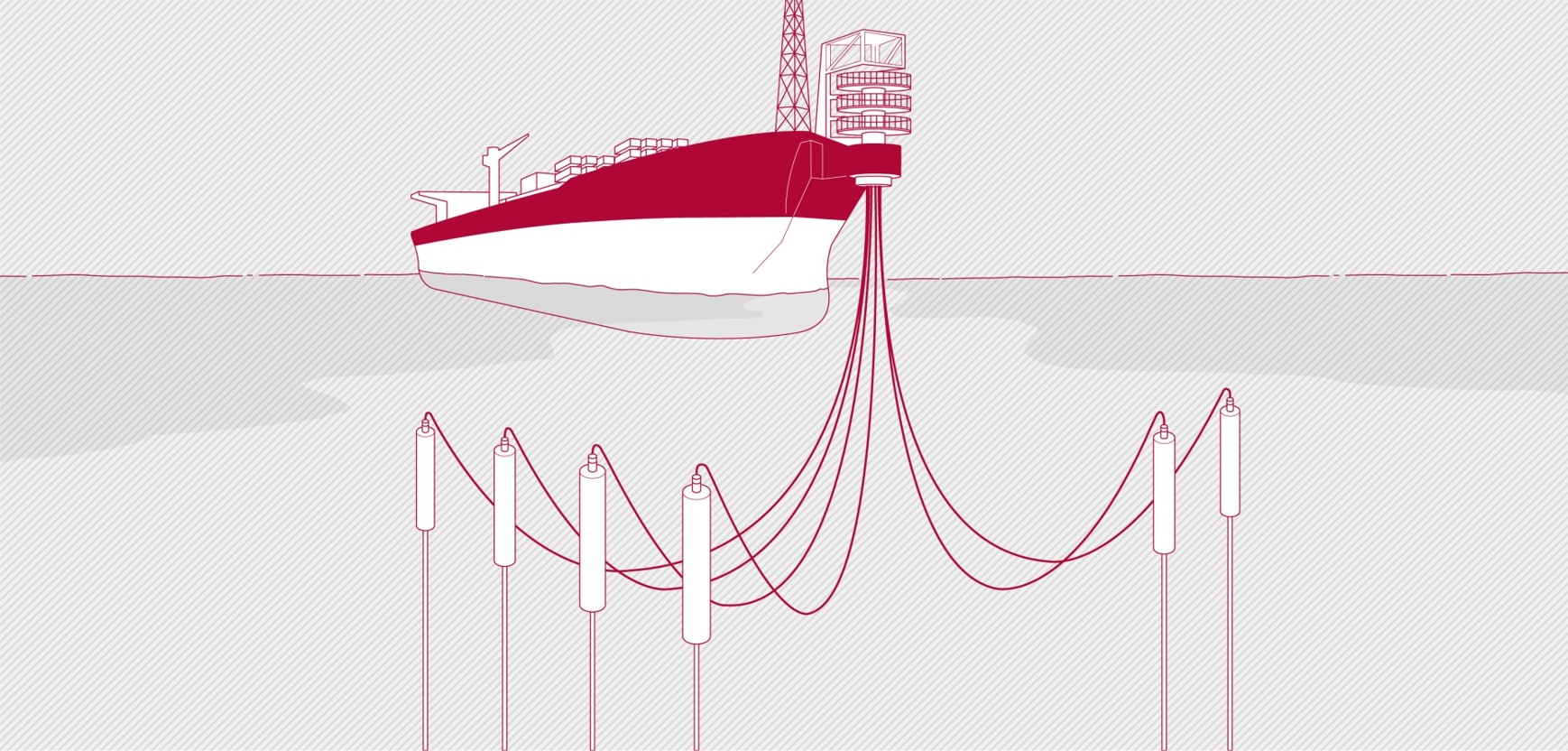Overview
The next generation of riser designs will be enabled by materials technology. Thermoplastic pipe, of which the most advanced materials technology to date is carbon fibre PEEK pipe, is setting the industry on a path to a future where composites become commonplace in subsea infrastructure. Carbon fibre pipe enables much simpler and more cost effective alternatives to steel and traditional non-bonded flexible riser architectures.
Magma has been on a journey, together with operators and contractors, to optimise and simplify riser design by exploiting the unique benefits of m-pipe. Our goal is the ultimate, simple, low cost riser design, capable of cost effective deployment in depths of 2000m and beyond, from low pressure up to 20ksi. These configuration minimise the length of m-pipe, as well as buoyancy ballast requirements.

